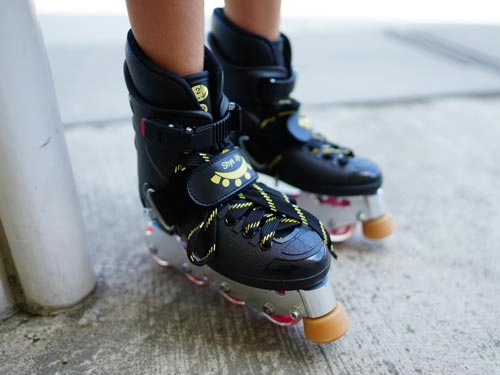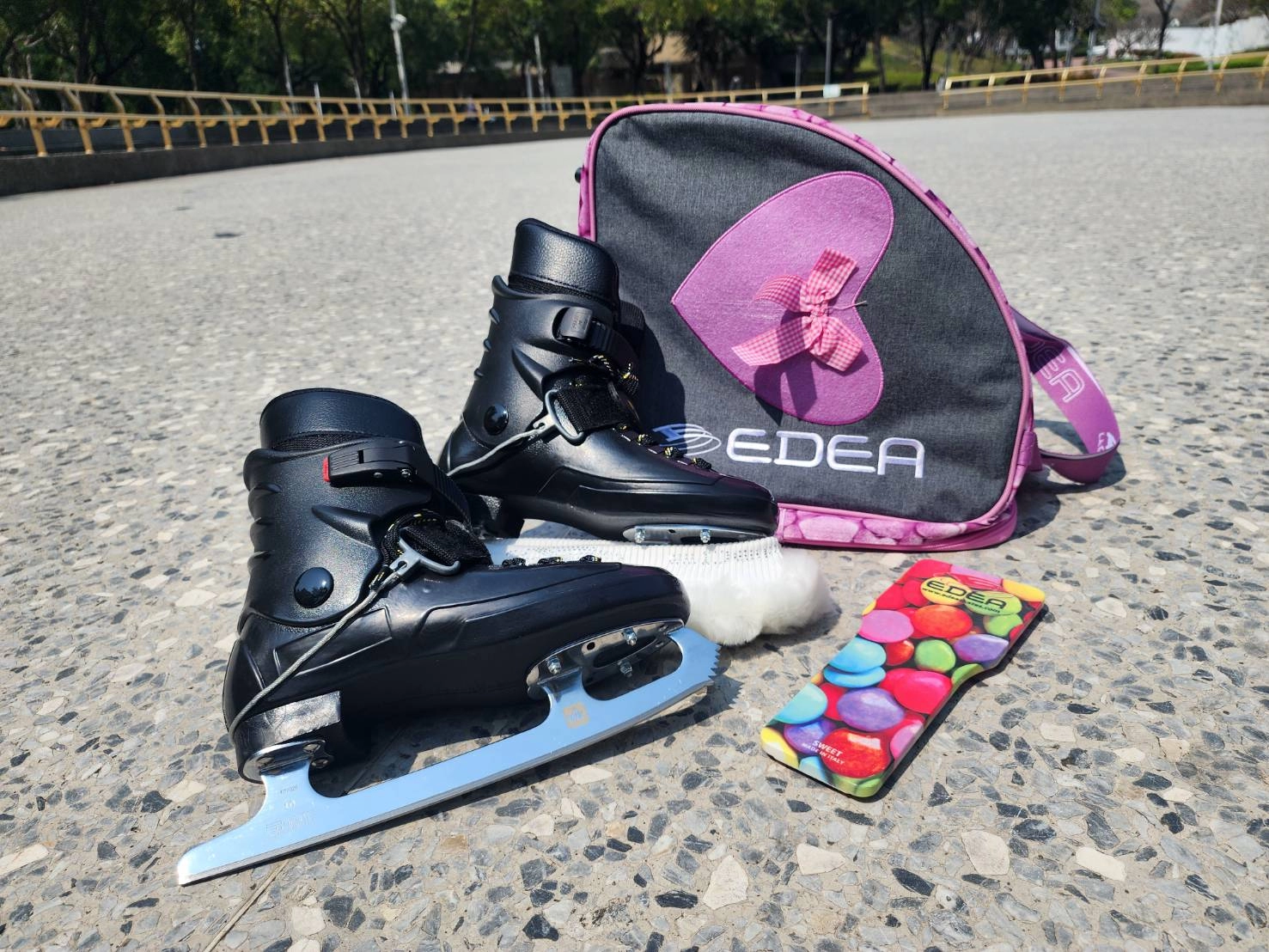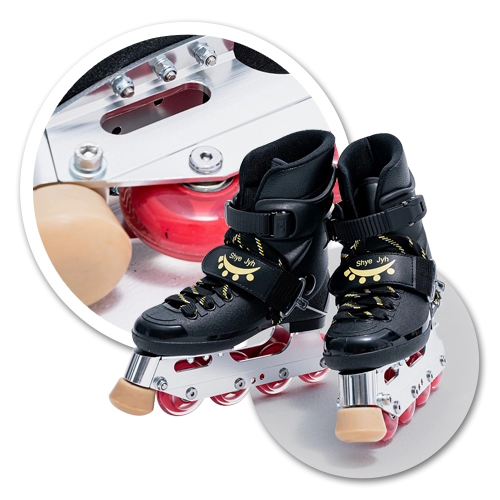Skaters & Skates | The Connection Between Athlete and Inline Figure Skates
A well-fitted pair of inline figure skates ensures balance, control, and elegance on every move

Artistic Ice Skates and Inline Skates — A Graceful Dance Between Ice and Ground
Elegant spins and soaring jumps on the ice have long defined figure skating as the ultimate fusion of sport and art. Yet for many beginners, diving straight into ice skating can be a daunting prospect—high costs, limited rink access, and safety concerns often become barriers to entry. This is where inline figure skating (artistic inline roller skating) steps in—as both a beautiful sport in its own right and an ideal entry point into the world of figure skating. In fact, inline figure skating is not only a graceful sport in its own right, but also a powerful bridge to the world of figure skating on ice.


1. High Similarity in Movements and Techniques
Many of the techniques used in inline figure skating closely mirror those in figure skating, including spins (such as one-foot spins and back spins), jumps (like the Salchow and toe loop), step sequences, and dance choreography. Both disciplines emphasize body control, weight transfer, and precise coordination. As a result, skills developed on inline skates can be seamlessly transferred to the ice, significantly shortening the learning curve.

2. Lower Barriers to Entry and Reduced Risk
Unlike figure skating, inline figure skating does not require a refrigerated rink. As long as there is a smooth, flat surface, practice can begin, making it far more accessible to beginners. In addition, the greater friction between wheels and the ground provides enhanced control and balance, reducing the likelihood of falls and injuries. This makes inline figure skating a safer and more approachable environment for new learners.
3. Building Strength and Balance
Inline figure skating training places a high demand on leg strength, core stability, and overall body coordination, all of which are foundational elements for figure skating on ice. Through regular inline skating practice, skaters can develop muscle memory and technical fluency in a non-ice setting, laying the groundwork for strong on-ice performance in the future.

4. Boosting Confidence and Mental Readiness
Fear of the slippery ice surface can be a major psychological barrier for beginners. Practicing in the more stable environment of inline figure skating allows learners to become familiar with movements, gradually build confidence, and overcome hesitation. When they eventually transition to the ice, these positive experiences provide crucial mental reinforcement to face new challenges with self-assurance.
In fact, inline figure skating is not only a graceful sport in its own right, but also serves as a stepping stone to the world of figure skating on ice. For aspiring skaters aiming to take the stage on ice, beginning with inline figure skating offers a smart, effective path forward, such as by lowering the barriers to entry while enhancing overall technique, physical conditioning, and self-confidence every step of the way.

